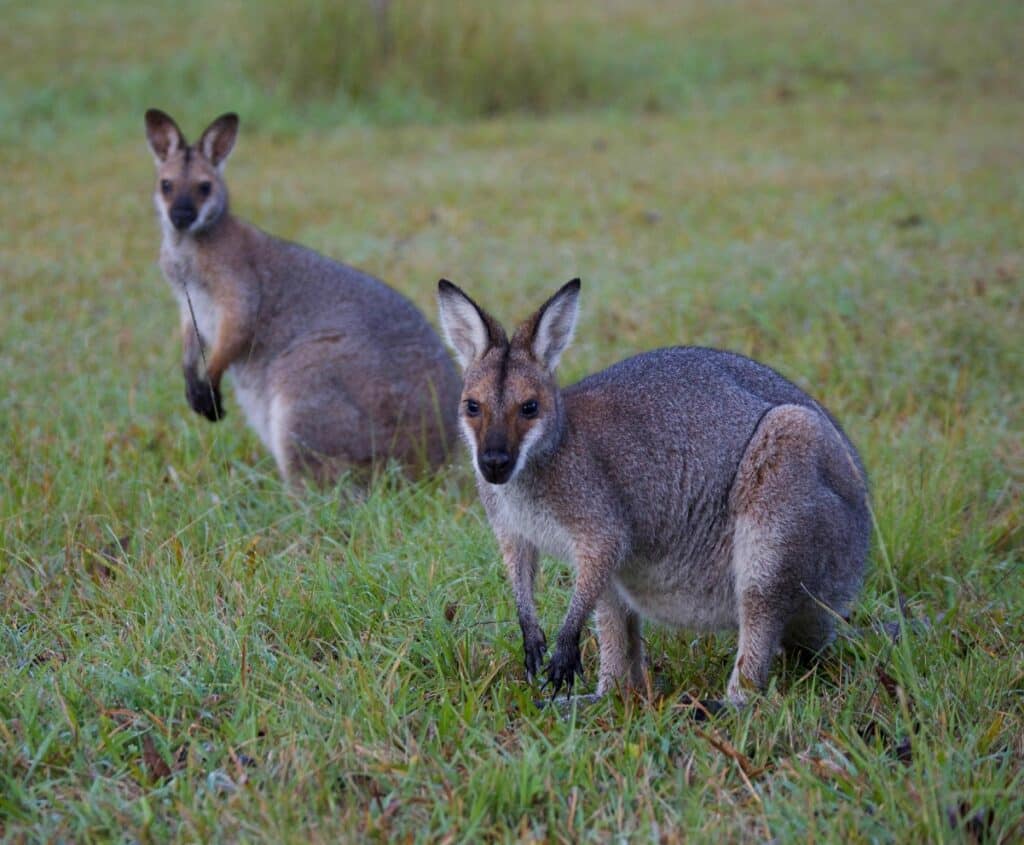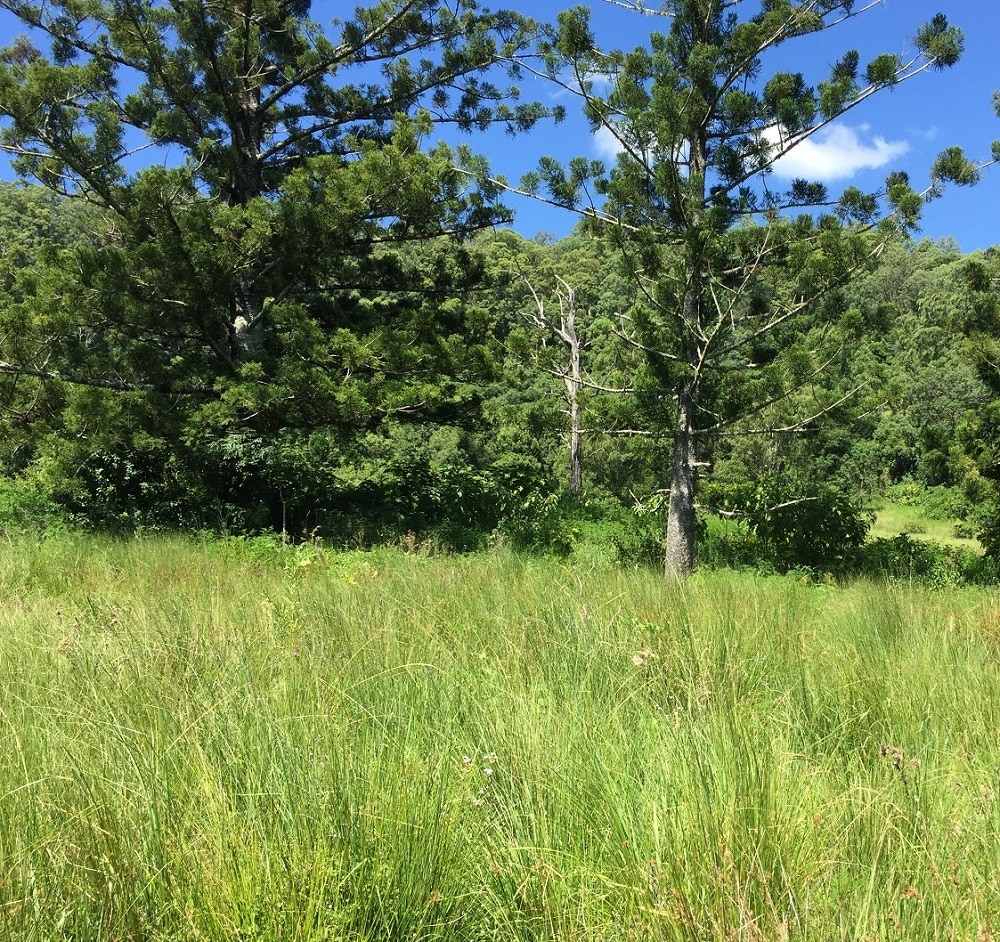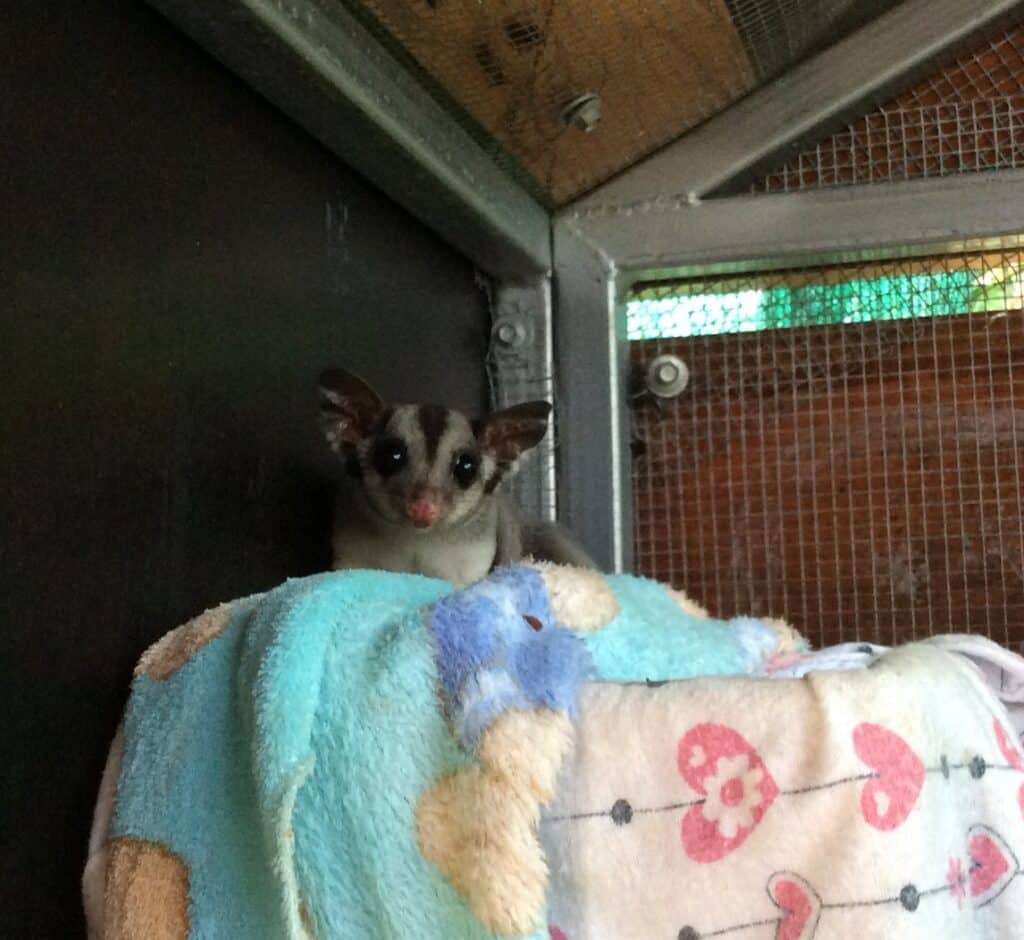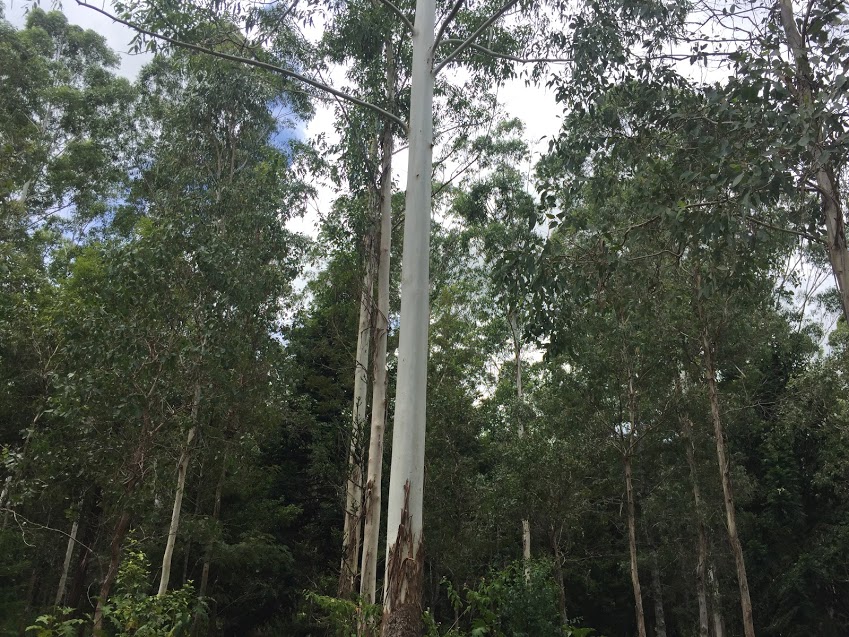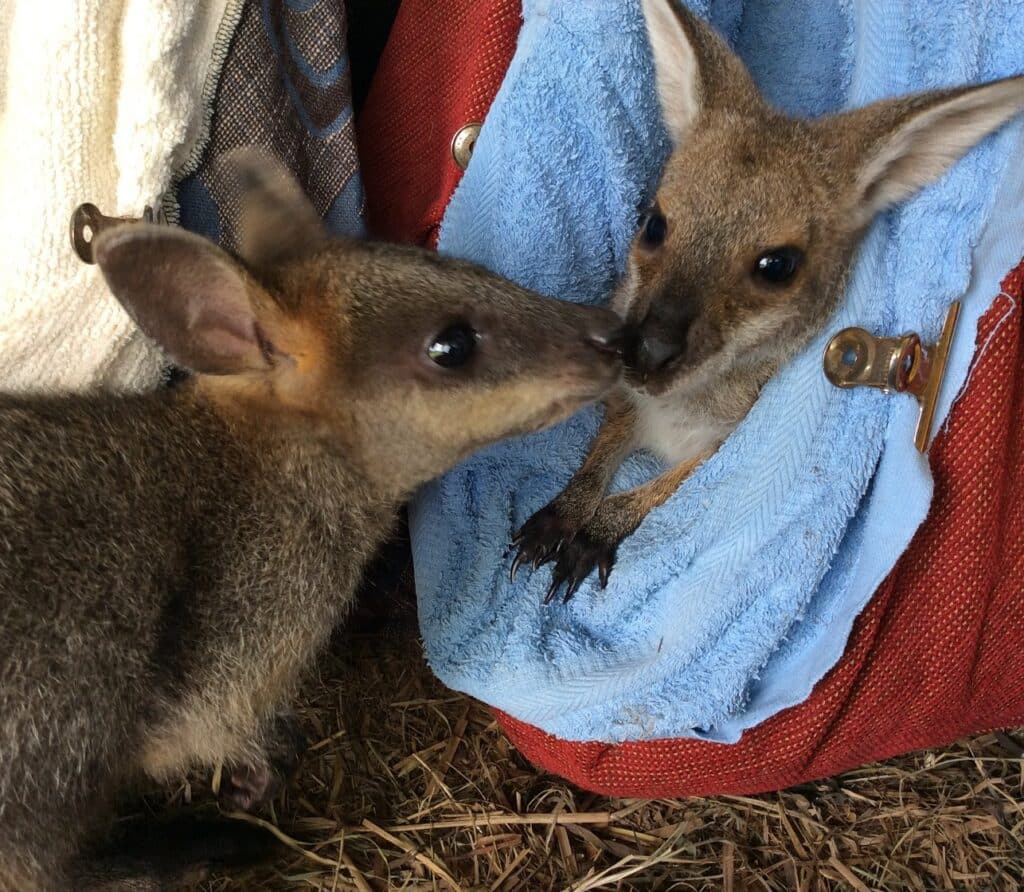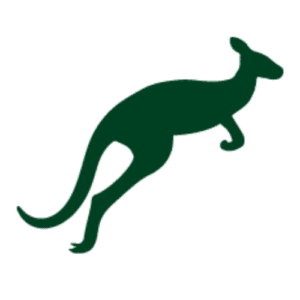Renata Phelps and Don Metcalfe are the custodians of Araucaria Wildlife Sanctuary, situated in Rock Valley, approximately 15km northwest of Lismore, New South Wales. The property provides a significant wildlife corridor between the Jiggi and Georgica Valley and the Bungabee State Forest area. Covering 40 hectares (100 acres), the property is comprised of former pastoral land, native regrowth and remnant woodland.
Don and Renata’s long-term vision is to create a rich and biodiverse carbon-positive ecosystem, forming a haven for existing and released wildlife and supporting population increases in threatened fauna and flora species. In 2022 a Conservation Order was established with the Biodiversity Conservation Trust, with 17 hectares now set aside in perpetuity for conservation.
For more than 10 years Renata and Don focused on wildlife rescue, rehabilitation and release, primarily of marsupials. As of 2023 they have decided to focus their passion, time and energy on bush regeneration and reforestation and best supporting the wildlife in their area. Although they are no longer engaged in rescue and rehabilitation activities many of the orphans they raised remain wild friends at Araucaria.
In recent years a number of large plantings have occurred at Araucaria, with a focus on enhancing habitat for wildlife, particularly koalas. Over 2,500 trees were planted in 2021 and 2022 in partnership with Conservation Volunteers Australia and a further 7,000+ trees were planted in 2022 by Bangalow Koalas.
Native vegetation is varied and includes old-growth Forest red gum (Eucalyptus tereticornis), Grey ironbark (Eucalyptus paniculata), Red cedar (Toona ciliata), Green bolly gum (Neolitsea australiensis), White beech (Gmelina leichhardtii), Hairy rosewood (Dysoxylum rufum), Plum pine (Podocarpus elatus), Forest she-oak (Allocasurina torulosa), Peanut tree (Sterculia quadrifida), Native coral tree (Erythrina sykesii), Teak (Flindersia australis), Cudgerie (Flindersia schottiana) and Bennett’s ash (Flindersia bennettii). Large stands of old-growth Hoop pine (Araucaria cunninghamii), Silky oak (Grevillea robusta), Flooded gum (Eucalyptus grandis), Tallowwood (Eucalyptus microcorys), Brushbox (Lophostemon confertus) and Red ironbark (Eucalyptus sideroxylon) are also present. Thickets of the rare thorny pea (Desmodium acanthocladum) grow along the creek flats.
Biodiversity on the property has increased alongside regeneration efforts, and a number of rare and endangered species have been heard or sighted in the area in recent years. Among these are Glossy Black-Cockatoos (Calyptorhynchus lathami), Koalas (Phascolarctos cinereus), Wompoo fruit doves (Ptilinopus magnificus), Grey-headed Flying-foxes (Pteropus poliocephalus), Planigales (Planigale maculata) and Powerful Owls (Ninox strenua). Renata and Don’s rehabilitation program has also increased numbers of Red-necked (Macropus rufogriseus) and Swamp (Wallabia bicolor) wallabies, Red-necked Pademelons (Thylogale thetis), Short-eared Brushtail Possums (Trichosurus caninus), Sugar (Petaurus breviceps), Squirrel (Petaurus norfolcensis) and Feathertail gliders (Acrobates pygmaeus), bandicoots and other native mammals.

